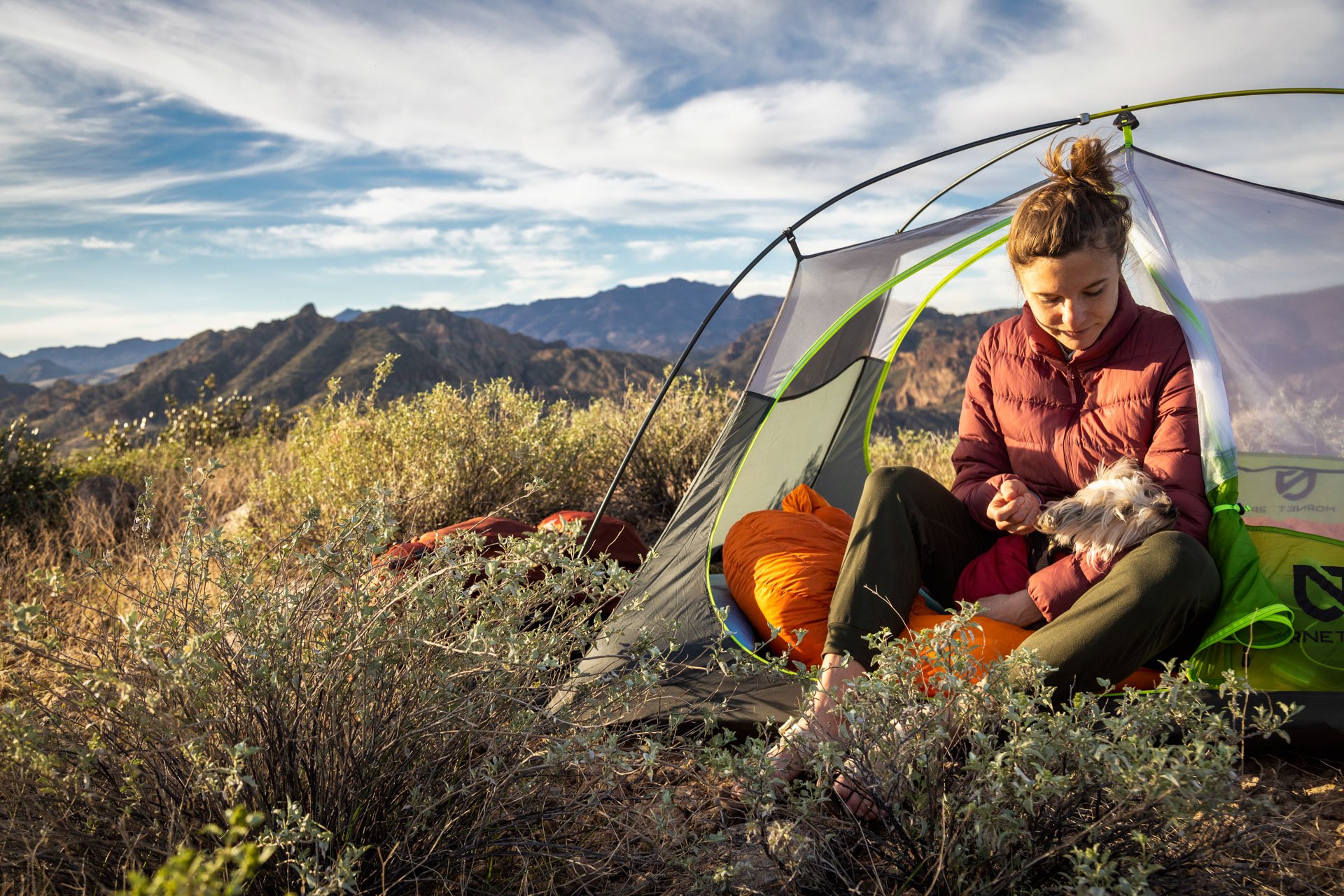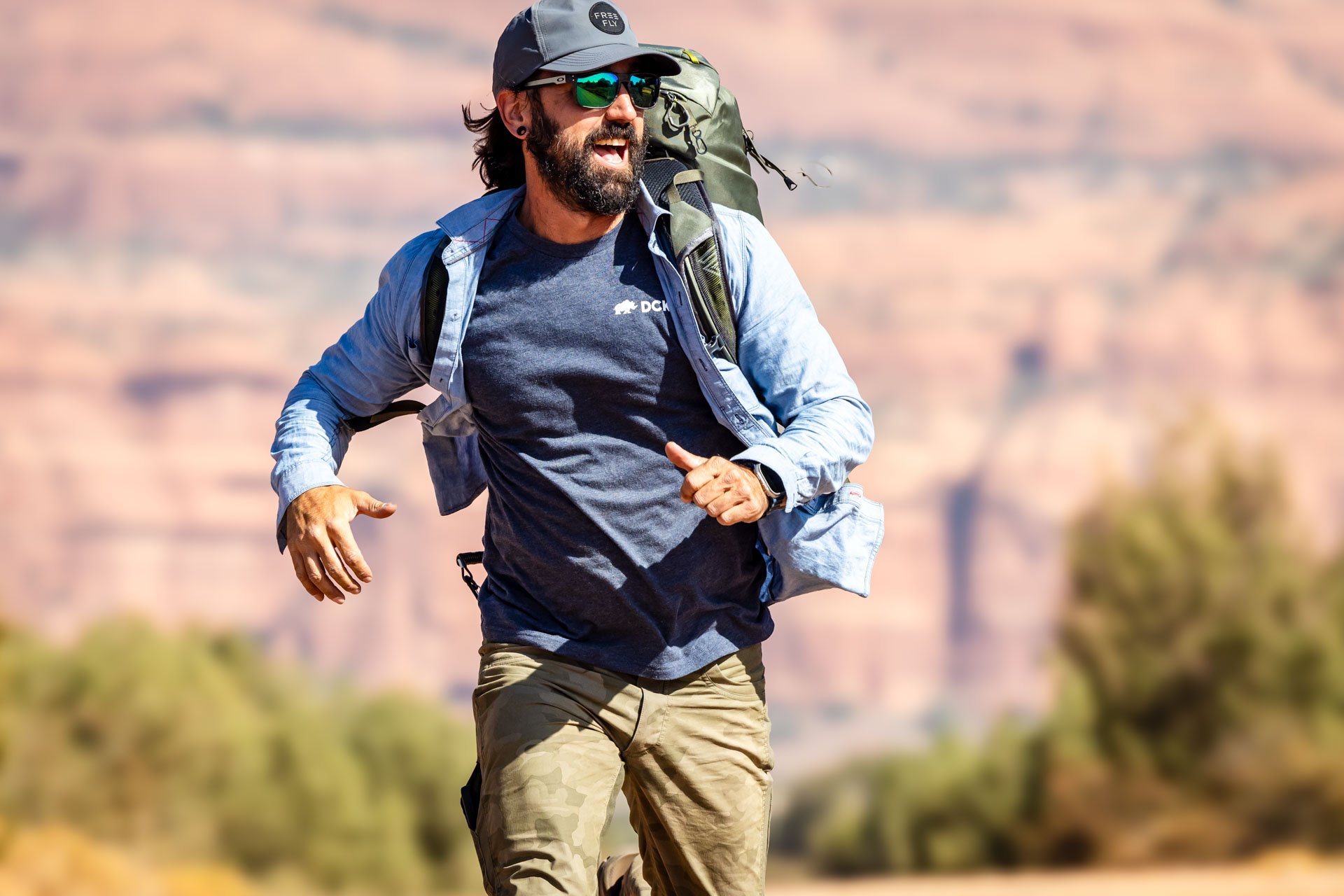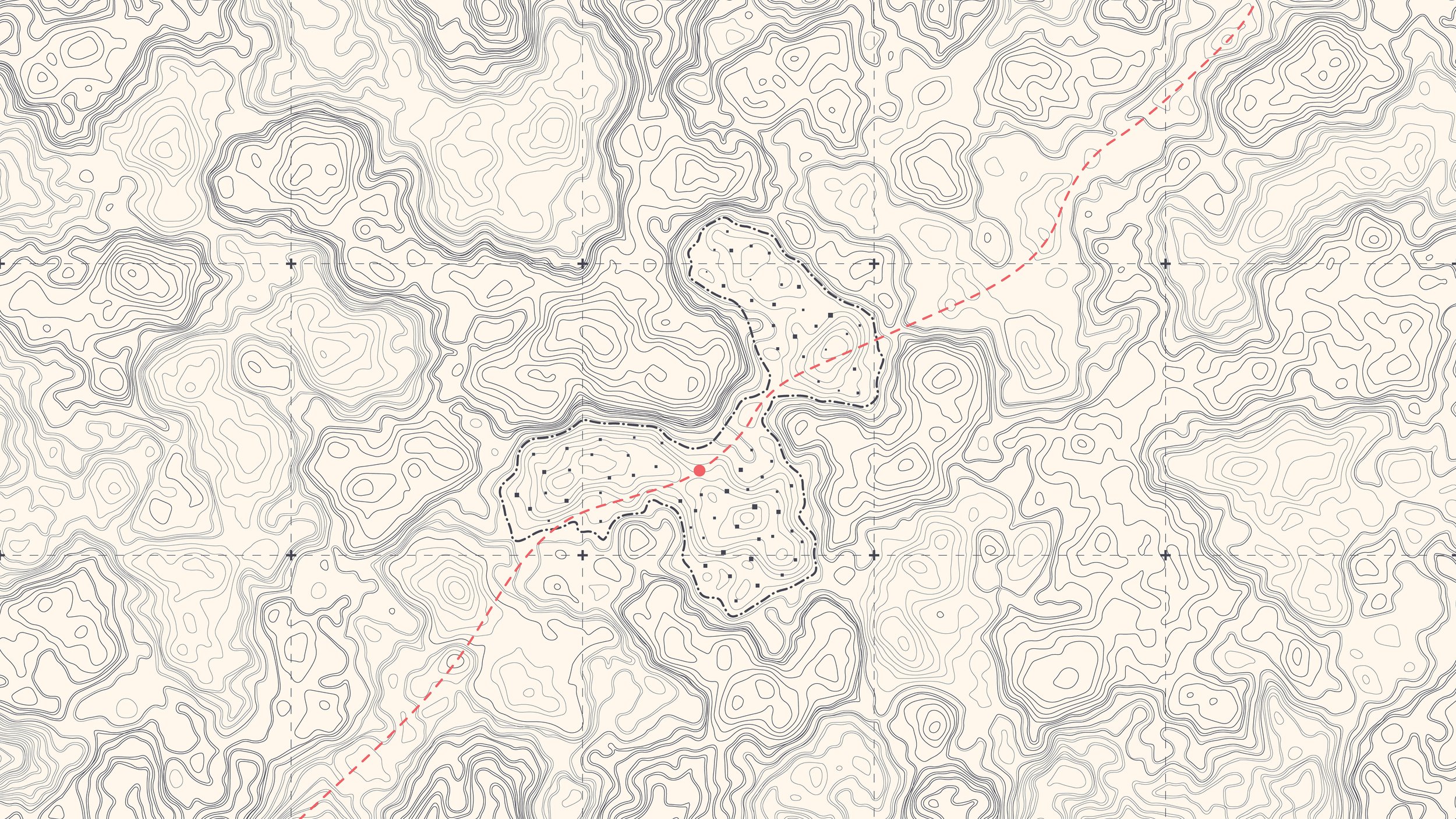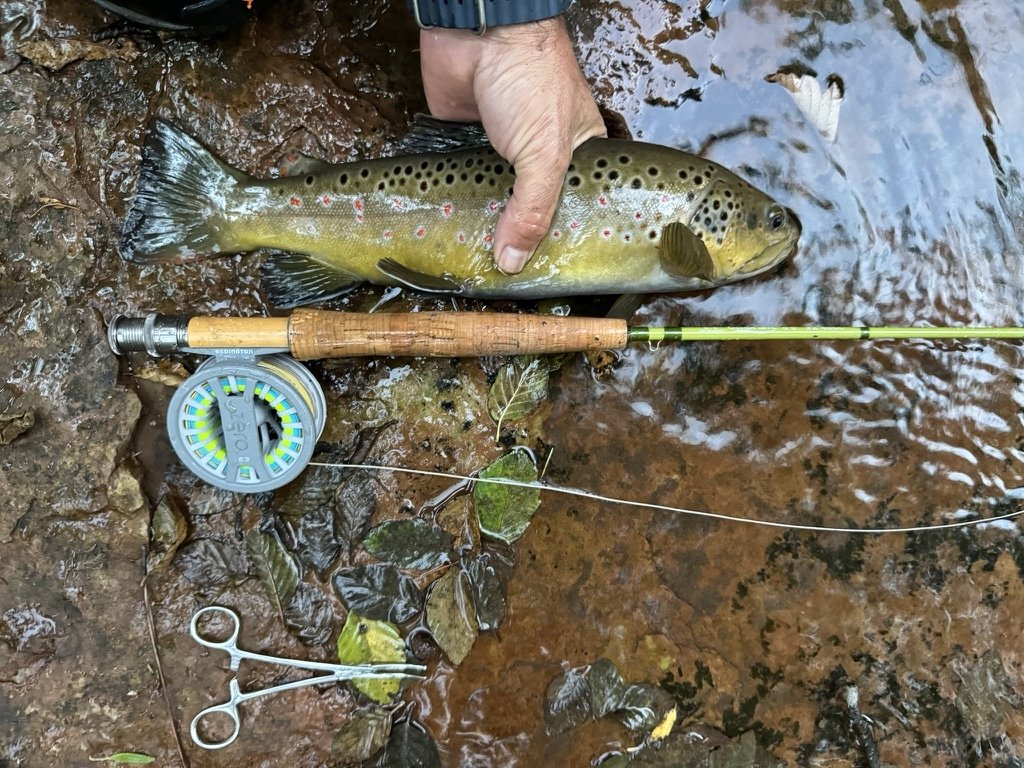the feed
Top 10 Fishing Waders Of 2023
The Top 10 best waders of 2023 - from affordable entry-level options like Frogg Toggs Hellbender, to high-end favorites such as Orvis PRO.
Looking for the best fishing waders? We've got you covered with our top-ten picks, ranging from entry-level options to midrange performers and high-end favorites. Check them out below:
Frogg Toggs Hellbender Stockingfoot Chest Waders are a popular choice for anglers and outdoor enthusiasts. They are designed to keep you dry and comfortable while wading in water.
Made from durable and breathable four-ply nylon fabric
Stockingfoot design with built-in neoprene booties
Adjustable elastic suspenders for a secure and comfortable fit
Large front pocket with a water-resistant zipper for convenient storage
Reinforced knees for added durability and protection
Integrated gravel guards to prevent debris from entering boots

Redington Crosswater Waders are another popular choice among anglers and outdoor enthusiasts. These waders are designed to provide comfort, durability, and reliable waterproofing.
Durable three-layer nylon fabric for reliability
Stockingfoot design with neoprene booties for a customized fit
Adjustable suspenders for personalized comfort
Flip-out pocket with YKK zippers for convenient storage
Reinforced knees for enhanced durability
Integrated gravel guards to keep debris out of boots
Versatile for various water activities, including fishing and fly fishing
Cabela's Premium Breathable Stockingfoot Waders offer a combination of comfort, breathability, and durability.
Breathable fabric for comfort and moisture management
Stockingfoot design with neoprene booties
Adjustable elastic suspenders for a personalized fit
Multiple pockets, including a large front pocket with a water-resistant zipper
Reinforced knees and seat for durability and protection
Integrated gravel guards to prevent debris from entering boots
Versatile and suitable for fishing, hunting, and general outdoor use
Proven Simms durability for long-lasting performance
Breathable and comfortable waterproof fabric construction
Convenient storage options, such as chest pockets and reach-through hand-warming pockets
Built-in gravel guards to keep debris out of boots
Anatomically engineered stockingfeet for a comfortable fit
Versatile attachment options for additional pockets or accessories
Lightweight design for enhanced mobility
)
Orvis Clearwater Waders: With a wide range of sizing options, these waders ensure an optimal fit, catering to different body types and preferences.
Value-priced, full feature men's wader
Modern fit to eliminate traditional wader bulk
Opposing side-release buckles allow for waist-high conversion
External storage pocket with stretch panel
Kangaroo-style handwarmer pocket
Anatomical neoprene booties with integrated neoprene gravel guards
Belt included
Redington Sonic-Pro Waders: Combining a classic design with an excellent fit, these waders provide both style and functionality for your fishing adventures.
L.L.Bean Kennebec Stockingfoot Waders: Delivering an excellent price-to-value ratio in the midrange category, these waders offer a balance of affordability and performance.
Simms G3 Guide Stockingfoot Waders: Considered the best all-around Made in America waders, these are a favorite among anglers who value exceptional quality and craftsmanship.
Orvis PRO Waders: With a price under $600, these waders offer a premium experience without breaking the bank, making them a top choice for serious anglers.
Patagonia Swiftcurrent Expedition Waders: Standing out with their outstanding overall performance, these waders are not only top-notch in functionality but also feature the best logo in the market.
Whether you're a beginner or a seasoned angler, our list has a pair of fishing waders to meet your needs. Choose the one that suits your budget and preferences, and get ready to enjoy comfortable and successful fishing trips! Check out our recent list of our favorite ultralight trout fishing rods.
Top 10 Must-Know Tips for Campfire Safety
Top 10 Must-Know Tips for Campfire Safety that you need to know before heading out on your next camping adventure.
One of the most enjoyable parts of camping is enjoying a glowing campfire-not to mention the light and warmth it provides. Building a campfire, however, comes with a lot of responsibility. A campfire can quickly become dangerous for the people, animals, and land around it if it is not built correctly, maintained, and extinguished. Nearly 9 out of 10 wildfires in the United States are started by people. Campfires can be enjoyed safely and responsibly if you know how.
These are the Top 10 Must-Know Tips for Campfire Safety.

1. Know the Rules
Check the fire regulations of the campground or wilderness area where you are planning to build a fire before striking a match. Campgrounds may temporarily ban campfires if there is a high risk of wildfires, even if they have previously allowed them. Check the ranger's station for current campfire regulations and pay attention to posted signs.
2. Use the Campfire Pit
In most campgrounds, there is a fire pit or fire ring where campfires can be built. A campfire should only be built in the provided pit if one is provided. In a remote area where campfires are permitted but fire pits are not provided, dig a fire pit in an open area away from power lines, overhanging branches, and other hazards that could catch fire. After the pit has been dug, surround it with rocks, clearing a ten-foot radius of anything that could catch fire around the pit.
3. Building a Safe Campfire
Once your fire pit is built, build a safe campfire. Start the campfire with grass or dried leaves that will catch fire quickly. Then, add kindling, small branches and sticks smaller than an inch in diameter. Keep adding larger pieces of wood to the fire as it builds. In addition to providing heat, they will keep the fire burning for a longer period of time. Remember, you do not have to have a raging fire. In a small fire surrounded by rocks, you'll have plenty of heat for cooking and warmth.
4. Mind the Match
Light your campfire with a match, and make sure it is completely extinguished before disposing of it. Wet the match or throw it directly into the fire to burn it. Never start a fire with lighter fluid, gas, kerosene, or any other flammable liquid.
5. Use Local Firewood
Even if they are not visible to the naked eye, tree-killing insects and diseases can live on firewood. You can inadvertently introduce insects and diseases into forests where they wouldn't otherwise be found by bringing firewood from home. That's why it's important to use local firewood. Local means the closest convenient source of firewood available. Pick up firewood from the campground camp store or a nearby location, if possible.
6. Keep Water Handy
You should always have water and a shovel nearby when you start a campfire. Use the water to douse any runaway flames and the shovel to throw dirt or sand on any flames that jump the perimeter of your fire ring. It's also smart to keep a few feet of ground outside your fire ring watered down, so if an ember or flame flies outside, it won't gain any traction.
7. Pay Attention to the Wind
Your fire can spread in seconds if the wind is strong. Any flammable materials, such as unused firewood, should be kept upwind and at least 15 feet away from a campfire in case of a sudden gust of wind.
8. Be Careful with Kids and Pets
Campers need to be aware of more than just the risk of forest fires. The most common cause of camping injuries for children in the United States is fire. Keep your children and pets away from campfires unless they're on an adult's lap and teach them about fire safety. In the event that their clothes catch on fire, teach them how to stop, drop, and roll.

9. Never Leave a Campfire Unattended
Even for a minute, a campfire should not be left unattended. There should be at least one person watching the fire at all times because even a small breeze can quickly spread the fire. Even if you're leaving the fire for a short period of time, like to take a quick hike, you should extinguish it completely. It can be restarted when you return.
10. Put the Fire Out Completely—Every Time
When you're finished with your campfire, make sure you extinguish it properly. Dump water on the fire, stir the ashes with a shovel, then dump more water on it. The fire should be completely cold before you leave it unattended. If it's too hot to touch, then it's too hot to leave.
If you have large logs, make sure you soak them in water before attempting to put them out. Move the stones around the campfire to look for hidden embers. Never bury coals from the fire - they can smolder and start to burn again.

OUTDOOR
ADVENTURE
Featured Posts
HIKING
|
FLY FISHING
|
CAMPING
|
BACKPACKING
|
GEAR REVIEWS
|
HIKING | FLY FISHING | CAMPING | BACKPACKING | GEAR REVIEWS |

Best of
Top Clothing Brands of 2023
Discover unbeatable deals on Patagonia winter essentials at the REI Outlet sale! Get up to 40% off on jackets, parkas, and more.

Subscribe to Our Newsletter
Sign up with your email address to receive news and updates.
Get in touch.
Just like in a hardcore round of intense pickleball, communication is key! Reach out with any questions, comments, beer recommendations, inquiries, critiques and jokes.













Master the art of fly fishing for carp with essential flies and techniques. Catch these elusive freshwater giants with precision and skill.